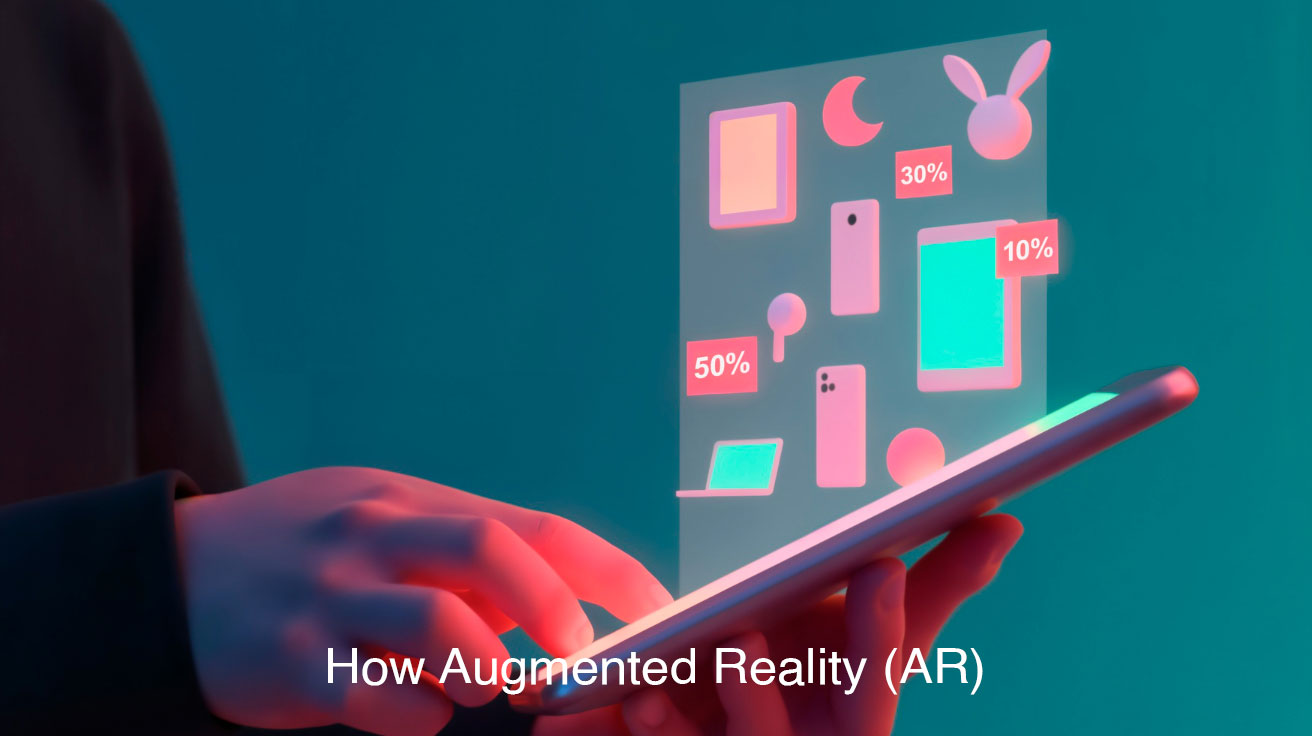Augmented Reality (AR) is transforming the way users interact with digital products, creating immersive and intuitive experiences. As we step into 2025, UX design is evolving to accommodate AR-driven interfaces, revolutionizing industries from e-commerce to education. Here’s how AR is reshaping UX design this year.
Enhanced User Engagement: The Future of Interactive Experiences
Traditional 2D interfaces are becoming more dynamic with AR. Users can interact with digital elements in their physical environment, making experiences more engaging and intuitive. For example, online shoppers can visualize products in real-time within their homes before making a purchase.
Seamless Navigation: AR-Powered Directions at Your Fingertips
AR enhances user navigation by overlaying digital directions onto real-world environments. From wayfinding in airports to interactive museum guides, AR is making navigation more accessible and user-friendly.
Personalized UX: Tailoring Digital Interactions Like Never Before
With AI-powered AR, interfaces are adapting to user preferences and behaviors. Personalized content and adaptive UI elements improve usability, ensuring that each user gets a tailored experience that meets their specific needs.
Gesture-Based Controls: The Rise of Hands-Free Interaction
Voice and gesture controls are becoming more prevalent, reducing reliance on touchscreens. This hands-free interaction model is particularly beneficial for industries like healthcare and manufacturing, where users need to access information while keeping their hands free.
Breaking Barriers: AR-Driven Accessibility for All
AR is breaking down barriers for people with disabilities. Features such as real-time object recognition, text-to-speech overlays, and interactive sign language interpretation are making digital experiences more inclusive.
Merging Digital and Physical: The Evolution of Immersive UX
The fusion of AR with wearable technology, such as AR glasses, is creating a more integrated digital experience. Users can interact with holographic content in their environment, making UX design more spatial and immersive.
Challenges and Considerations: Navigating the Roadblocks of AR UX
Despite its advancements, AR UX design presents challenges, such as ensuring usability across different devices, optimizing performance, and addressing privacy concerns. Designers must prioritize user comfort and avoid overwhelming users with excessive digital overlays.

